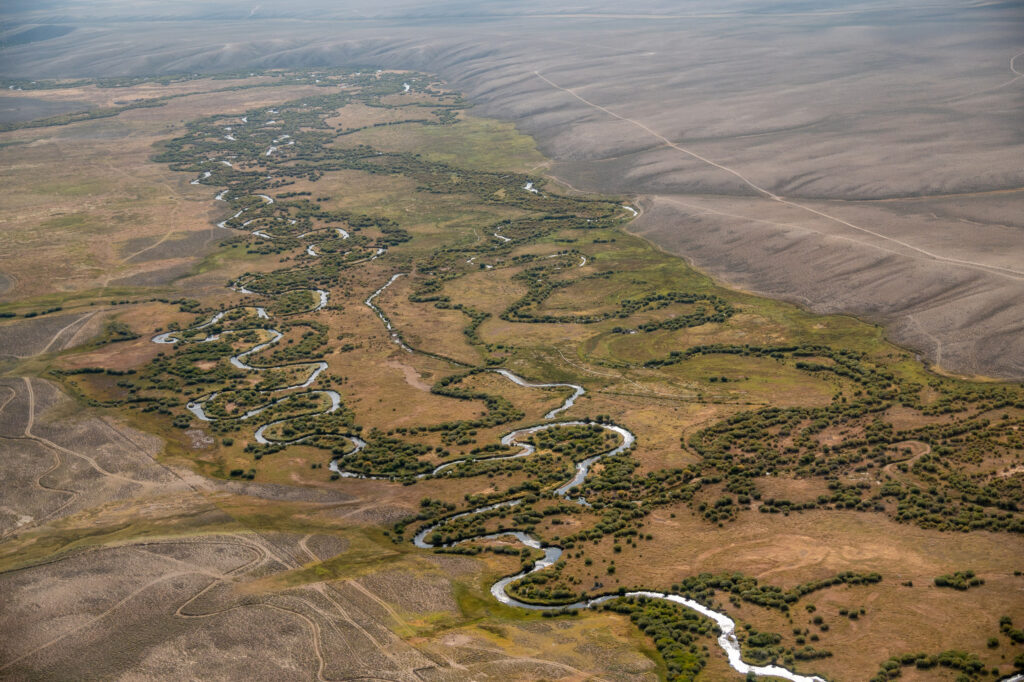The potential for increased development in critical sage grouse habitats poses a significant threat to the species, particularly under the Trump administration's policies. Environmentalists are sounding alarms as they observe changes in Wyoming's Red Desert, a vital ecosystem for the sage grouse. This region, known for its undisturbed landscapes, is crucial for the bird's survival, yet it faces pressures from development that could disrupt its delicate balance. The implications of these changes extend beyond the sage grouse; they reflect broader tensions between conservation efforts and economic interests, raising questions about the future of wildlife protection in the face of political shifts.
To mitigate these threats, a concerted effort is needed to balance development with conservation. Key insights suggest that proactive measures, such as stricter regulations on land use and enhanced habitat protections, could safeguard the sage grouse's critical habitats. Engaging stakeholders, including local communities and industry leaders, in dialogue about sustainable practices is essential. The outcome of these discussions will not only determine the fate of the sage grouse but also set a precedent for how environmental policies are shaped in the context of economic growth, emphasizing the need for an integrated approach to land management.









